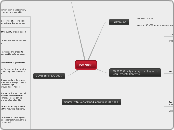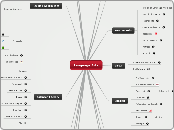por Alison Vargas Fonseca 10 meses atrás
92
METHODS
Suggestopedia is a teaching method focused on reducing stress and anxiety in students while learning English. It incorporates "concert sessions" where dialogues are recited with musical accompaniment to create a relaxed learning environment.









